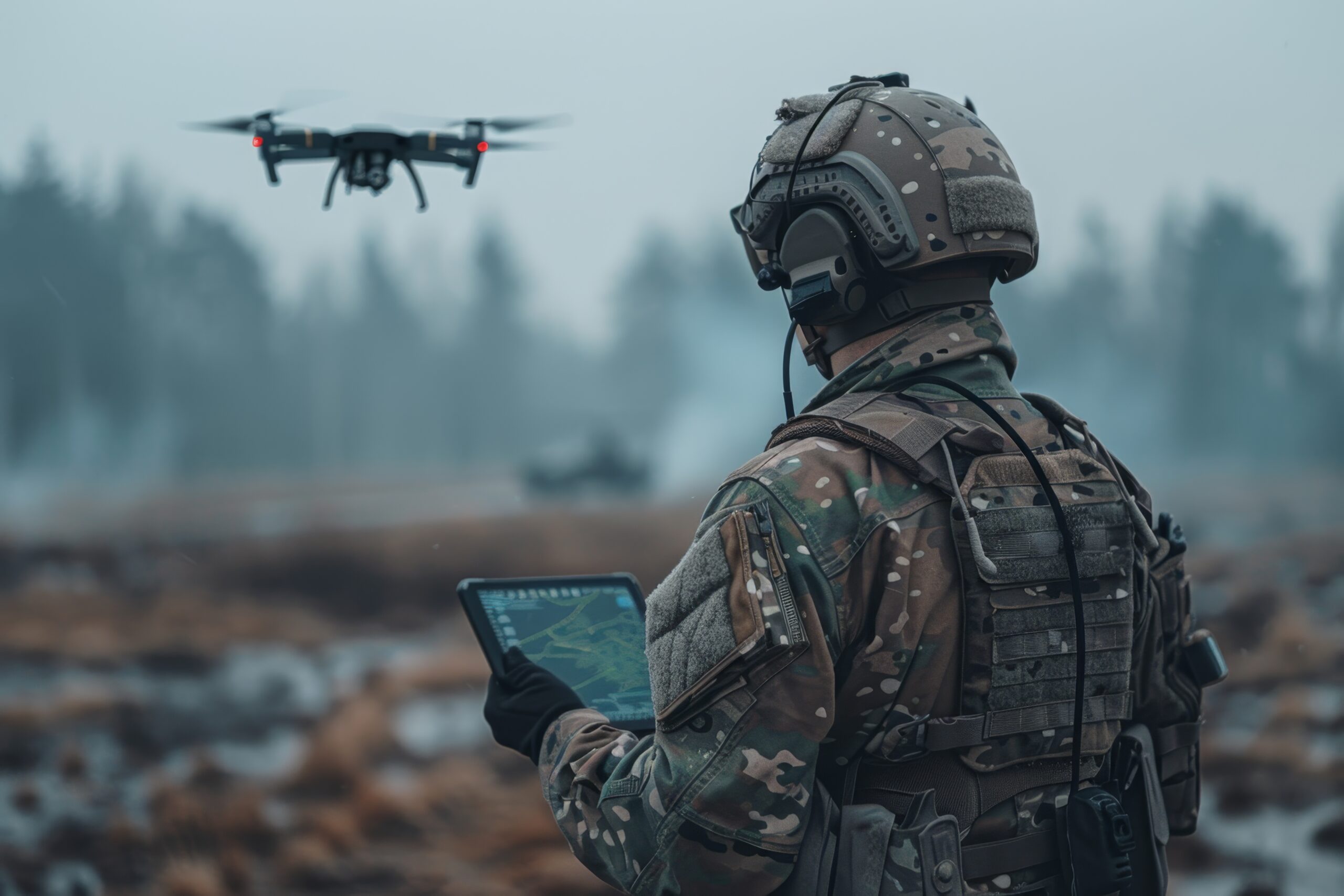The integration of artificial intelligence (AI) into military technology is reshaping the landscape of modern warfare. Among the most advanced examples is Russia’s Oreshnik system, which showcases the potential of AI in precision-guided ballistic missiles. This system is designed to autonomously evaluate threats, adjust trajectories mid-flight, and evade sophisticated defense systems. Such capabilities highlight the growing role of AI in enhancing the efficiency, adaptability, and impact of military assets.
Oreshnik and AI-Powered Weaponry
Oreshnik operates by leveraging AI algorithms for real-time data analysis, enabling missiles to optimize their path and maintain effectiveness against evolving threats. This contrasts with traditional systems that rely heavily on pre-programmed instructions, offering a glimpse into the future of autonomous warfare. Furthermore, AI-powered systems like Oreshnik can learn from their environments, improving performance with each deployment.
Expanding AI’s Military Reach
Beyond Oreshnik, Russia has implemented AI in various defense platforms:
The S-500 air-defense system utilizes AI to prioritize and neutralize multiple targets simultaneously, providing an edge in airspace control.
Autonomous drones such as the Marker and KUB-LA integrate AI for tracking and engaging enemy positions without direct human oversight.
AI-driven submarines and naval systems enhance maritime operations by analyzing vast amounts of sonar and radar data to outmaneuver adversaries.
These systems signal a broader shift towards AI-dependent strategies, aiming to reduce human risk while increasing operational speed and accuracy.
Challenges in Implementation
Despite technological advancements, Russia faces significant challenges in AI weapon development:
- 1. Sanctions: Restrictions on accessing high-end microelectronics and AI components have forced reliance on foreign suppliers, particularly China.
- 2. Infrastructure Gaps: Aging industrial bases limit production capabilities and innovation speed.
- 3. Ethical and Legal Concerns: The deployment of autonomous lethal systems raises global questions about accountability and misuse.
Broader Implications
The rise of AI in military systems extends beyond technological prowess. It brings ethical dilemmas regarding the use of autonomous weapons, particularly in terms of accountability for civilian harm or unintended escalations. Conflicts, like the ongoing war in Ukraine, highlight how AI-driven systems can alter the balance of power and intensify geopolitical tensions.
As nations like Russia, the U.S., and China invest heavily in AI-driven weaponry, the international community faces an urgent need to establish clear regulations for the development and use of such systems.






